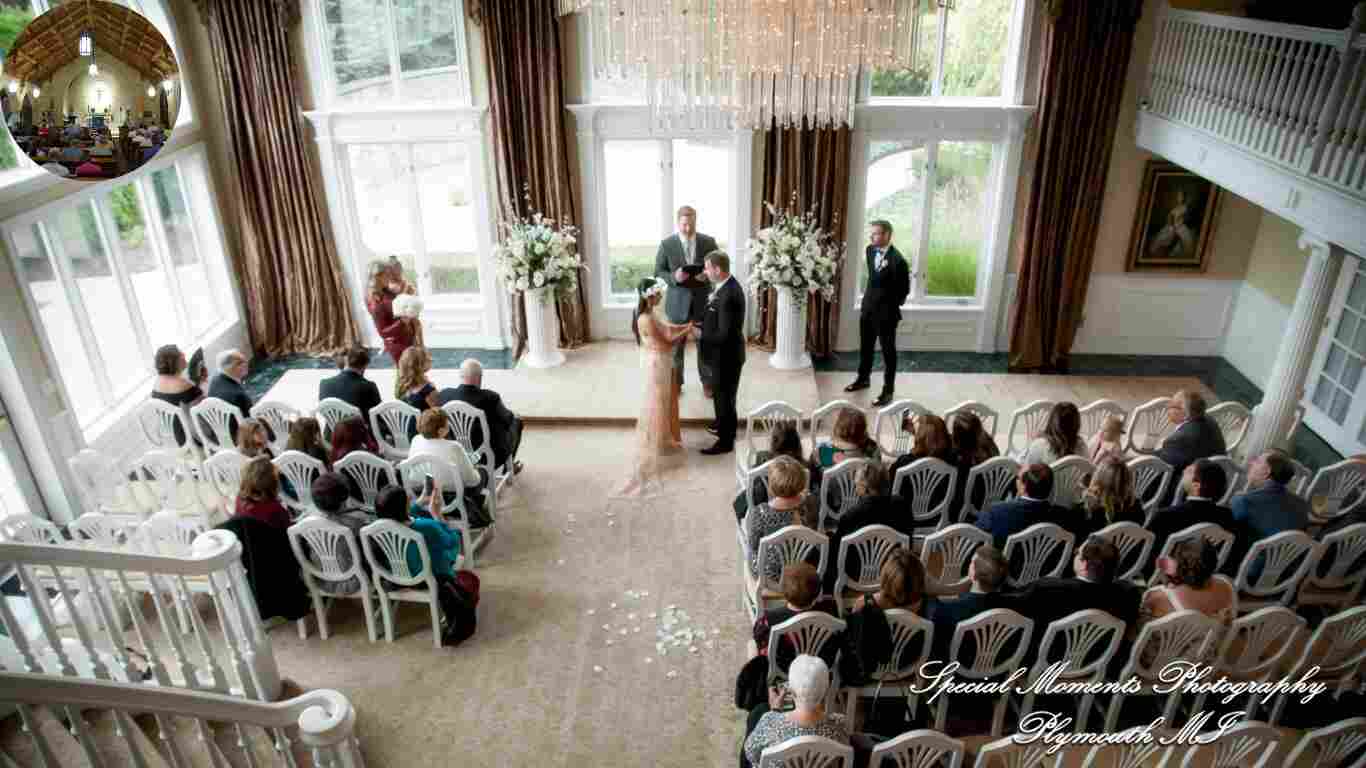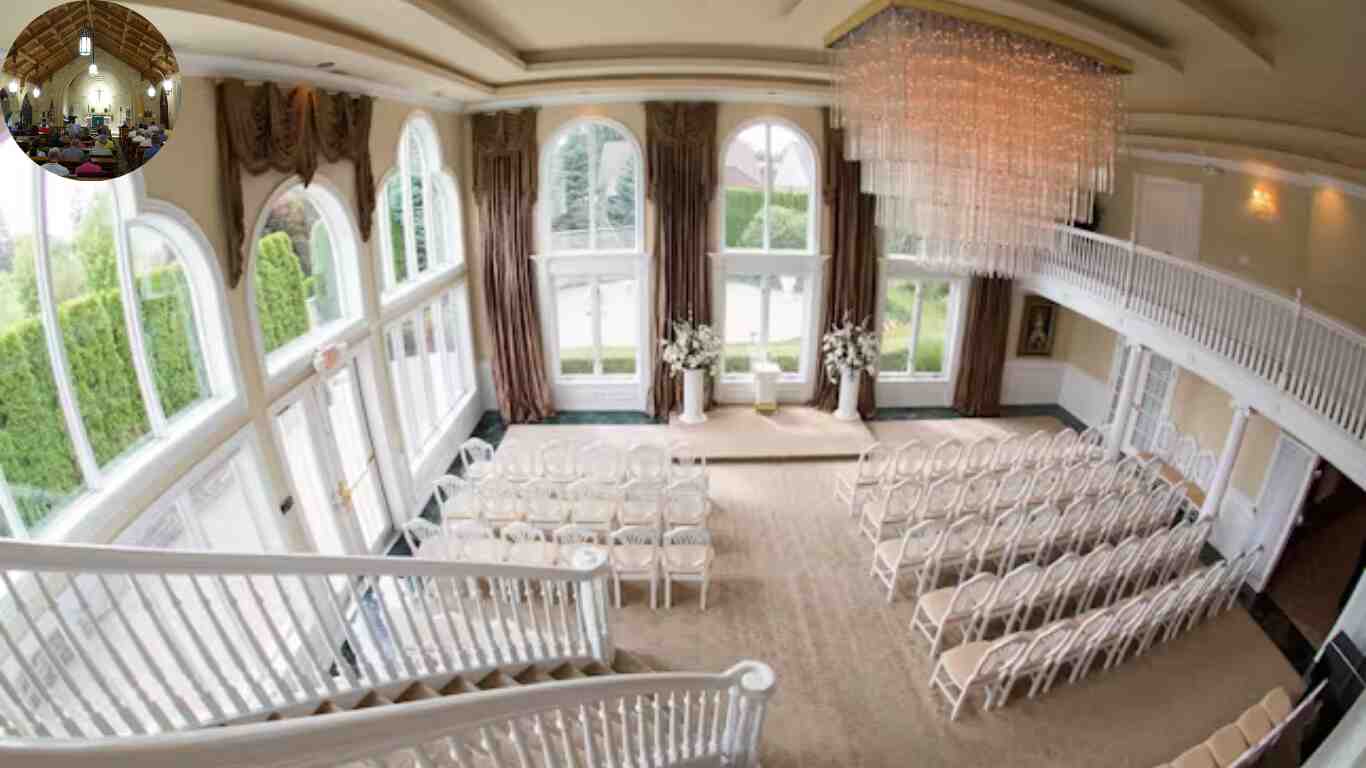The White House is one of the most iconic buildings in the world. As both the home and office of the President of the United States, it stands as a symbol of American democracy, leadership, and history. Over the years, many have wondered: does the White House have a chapel? This question reflects not only curiosity about the building itself but also the role of religion in the lives of U.S. Presidents and their families.
| Facility | Description | Source |
|---|---|---|
| White House Chapel | No permanent chapel exists within the White House itself. Religious services use existing rooms like the Roosevelt Room, Blue Room, or adjacent buildings. | |
| Old Executive Office Building | Hosted Catholic Masses during Trump’s administration (2017-2020), including an Ash Wednesday service attended by 100+ staffers. | |
| St. John’s Episcopal Church | Located across Lafayette Square, known as the “Church of the Presidents.” Features Resurrection-themed stained glass windows. | |
| Camp David Chapel | Named Evergreen Chapel, a non-denominational facility opened during George H.W. Bush’s presidency. | |
| Current Faith Office | West Wing office led by Paula White-Cain and Jennifer Korn, serving as a hub for religious activities (includes communion elements). |
The White House – A Symbol of American History
Construction, Purpose, and Symbolism
The White House was built between 1792 and 1800, designed by Irish-American architect James Hoban. As the official residence of the U.S. President, it was constructed to serve as a family home and a working office for the nation’s leader. European traditions inspired its neoclassical design, symbolizing strength, democracy, and endurance.
Over the years, the White House has undergone numerous renovations and expansions. Despite these changes, it has remained a powerful symbol of American ideals. It’s not just a building—it’s a national shrine representing the resilience of the American people.
Historical Milestones
The White House has witnessed major historical events and milestones throughout its history. From hosting diplomatic meetings to serving as a haven during times of crisis, it has played a central role in shaping the nation’s history.
While its political and historical significance is well-documented, the White House is also a space where personal, cultural, and spiritual moments unfold. This leads us to examine the role of religion within its walls.
Religion and the Presidency
Faith in Presidential Leadership
Faith has always played an important role in the lives of U.S. Presidents. Although the Constitution emphasizes the separation of church and state, many Presidents have expressed their religious beliefs openly. From Abraham Lincoln’s reflective spirituality to Jimmy Carter’s devout Baptist faith, religion has influenced decision-making, speeches, and leadership styles.
You may also read(don prudhomme house)
Religious Practices in the White House
Historically, Presidents and their families have engaged in various religious practices within the White House. These include private prayer, Bible study, and hosting religious gatherings. For example, Franklin D. Roosevelt famously led the nation in prayer during World War II, while Dwight D. Eisenhower held prayer breakfasts in the Executive Residence.
Notable Religious Events
Over the years, the White House has hosted numerous religious events, such as Easter egg rolls, Christmas celebrations, and moments of national prayer. These events not only highlight the personal faith of Presidents but also reflect the nation’s spiritual values.
The Chapel Question: Does the White House Have a Chapel?
Answering the Big Question
So, does the White House have a chapel? The answer is no—no dedicated chapel within the White House. While some spaces have been used for prayer and worship, the building does not include a permanent religious sanctuary.
Alternative Worship Spaces
In the absence of a chapel, Presidents and their families have used other rooms in the White House for spiritual purposes. For example, the East Room has occasionally been used for prayer services, and the Blue Room has hosted religious gatherings.
This flexibility reflects the adaptability of the White House as both a home and a public space. It also underscores the importance of faith in Presidents’ personal and professional lives.
Worship Spaces in the White House
Rooms Used for Prayer and Reflection
While there’s no designated chapel, several rooms in the White House have served as temporary worship spaces. The following table highlights some of these rooms and their spiritual uses:
RoomPurposeExamples of Use
East Room Large gatherings, including prayer services , Memorial services, interfaith events
Blue Room Intimate ceremonies or religious gatherings Family prayers, small religious functions
State Dining Room Occasional faith-based dinners or events National Day of Prayer breakfasts
Public and Private Ceremonies
Religious ceremonies at the White House have ranged from private family prayers to public national observances. For example, after the 9/11 attacks, President George W. Bush led a moment of worship in the East Room. These moments demonstrate the White House’s role as a space for spiritual reflection.
The Washington National Cathedral – The “National Chapel”
A Vision for a National Church
While the White House does not have a chapel, the Washington National Cathedral, located just a few miles away, has often served as a spiritual counterpart. Designed as a “great church for national purposes,” the Cathedral has hosted many significant religious and national events.
Presidential Connections
The National Cathedral has a long history of associations with the Presidency. It has been the site of major events, including presidential funerals, memorials, and inaugural prayer services. For example, Ronald Reagan and George H.W. Bush’s funerals were held at the Cathedral, underlining its role as a national spiritual center.
The Idea of a White House Chapel in American Imagination
Many people mistakenly assume that a chapel exists in the White House. This belief likely stems from cultural depictions of the White House in films, literature, and media. For example, fictional portrayals of Presidents often depict them praying or reflecting in a private chapel, reinforcing the myth.
The absence of a chapel reflects the broader principle of religious diversity in the United States. By not dedicating a space to a single faith tradition, the White House remains a symbol of inclusivity and unity.
Presidential Faith Practices and Alternatives
Local Churches in Washington, D.C.
Instead of worshipping in the White House, many Presidents have attended services at nearby churches. St. John’s Episcopal Church, located just across Lafayette Square, is often called the “Church of the Presidents” due to its proximity and regular use by Presidents.
Private Chaplains and Advisors
Some Presidents have also relied on private chaplains or visiting clergy for spiritual guidance. These individuals provide counseling, lead prayers, and offer support during times of crisis.
Notable Religious Moments in White House History
The White House has been the site of numerous religious moments throughout history. For example:
- Abraham Lincoln’s prayerful reflections during the Civil War.
- Franklin D. Roosevelt’s D-Day prayer broadcast to the nation.
- National prayer services are held after major tragedies like 9/11.
These moments highlight the enduring importance of faith in the Presidency and the nation.
Conclusion
While the White House does not have a dedicated chapel, it remains a space where faith and spirituality play a significant role. Over the years, Presidents have adapted its rooms for prayer, used nearby churches for worship, and relied on their faith to lead the nation.
This reflects the broader role of religion in American history: a source of strength, unity, and inspiration. Whether through moments of private prayer or national observance, the White House continues to symbolize the spiritual values that shape the nation.
You may also read(giannis antetokounmpo house)
